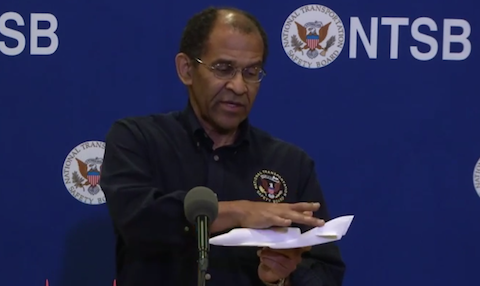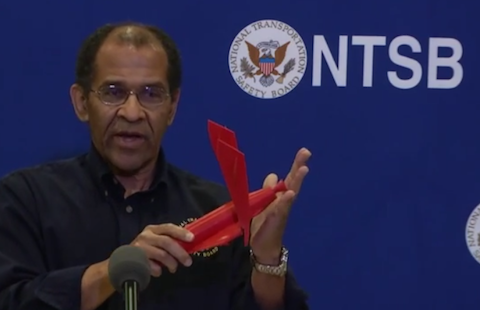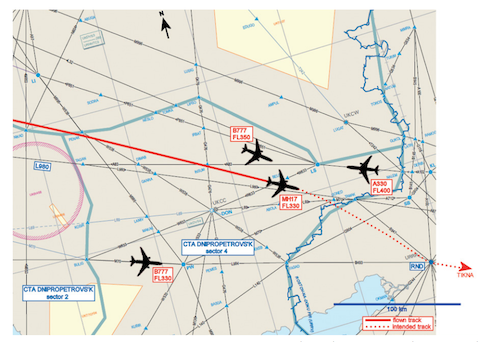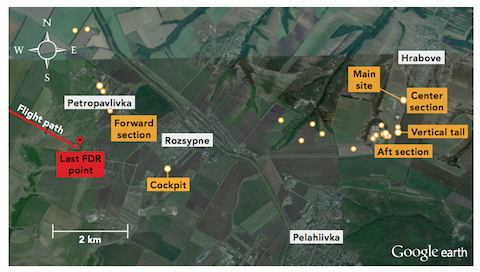Between now and the beginning of next year, untold millions of passengers, some of them flying for the first time in a while, and even many first time flyers, will be taking to the skies for the holidays, and AirSafe.com wants to do its part to help you avoid any serious travel issues. AirSafe.com has a variety of resources, including online resources and downloadable ebooks that will help you work through many of the most common issues:
AirSafe.com web site resources
- Prohibited and restricted items
- Baggage basics
- Security basics
- How to complain about your airline service
- Unaccompanied children
- Flight delays and cancellations
- Fear of flying
Downloadable ebooks
- AirSafe.com Baggage and Security Guide
- AirSafe.com Family Air Travel Guide
- AirSafe.com Airline Complaint Guide
Traveling with gifts
If you carry gifts, either in checked or carry-on baggage, remember that the TSA has to be able to inspect any package and may have to unwrap your gift to do so. You can partially unwrap them for easier access, ship wrapped gifts ahead of time, or wait until you arrive at your destination to wrap them.
Flying with holiday food
You should be aware that some food items are banned from carry on baggage because they contain liquids or gels. While you can carry cakes, pastries, and pies with you in your carry on bag, but the following should either be in checked baggage or left at home:
- Cranberry sauce
- Creamy dips and spreads (cheeses, peanut butter, etc.)
- Gravy
- Jams, jellies, and syrup
- Oils and vinegars
- Salad dressing
- Salsa
- Sauces
- Soups
- Wine, liquor and beer
- Gift baskets with one or more of the above items
Take our food survey
Help up understand what kind of food issues you may be having during your holiday travel by taking this short survey, which should last no more than three minutes. It will help AirSafe.com develop better advice around holiday travel and food.
Things you should know
There are several new trends and rules to look out for this year, some of them are pleasant surprises, and some of them no so pleasant:
- Who can leave their shoes on: In the US, TSA allows children 12 and under, adults age 75 and older, and uniformed members of the armed forces who have a valid military ID can leave their shoes or footwear on.
- Military members and TSA screening: Members of the military, including service academy cadets, are eligible for expedited screening at over 100 US airports if they use their military ID number when making a reservation. Visit TSA for more information on this program.
- Marijuana and air travel: Starting in 2014, two US states, Colorado and Washington, allowed adults to legally purchase and consume recreational marijuana. However, marijuana is not allowed on airliners in the US, or at most US airports, and flying with it can get you arrested. For more information, visit AirSafe.com's section on air travel and marijuana at marijuana.airsafe.com.



















